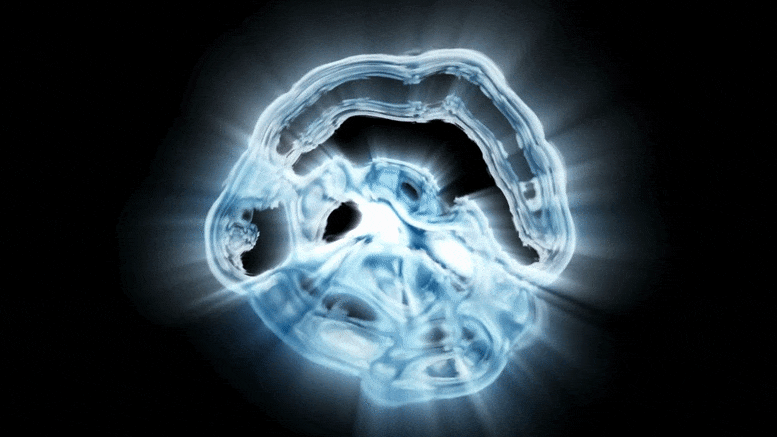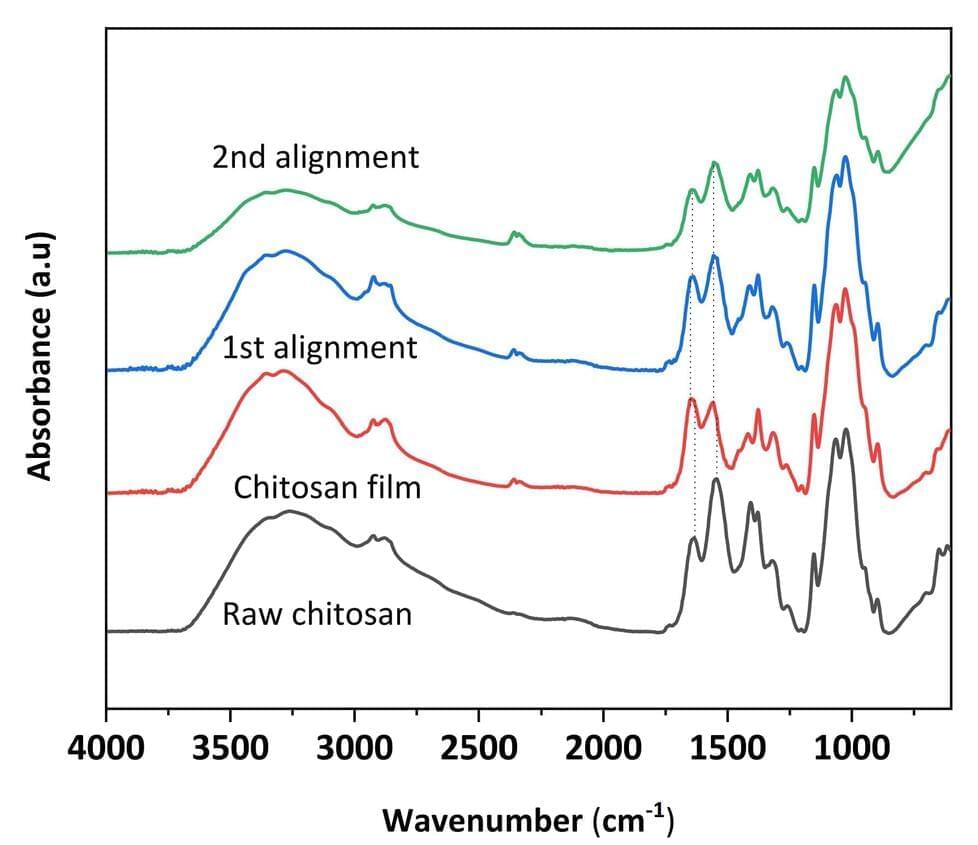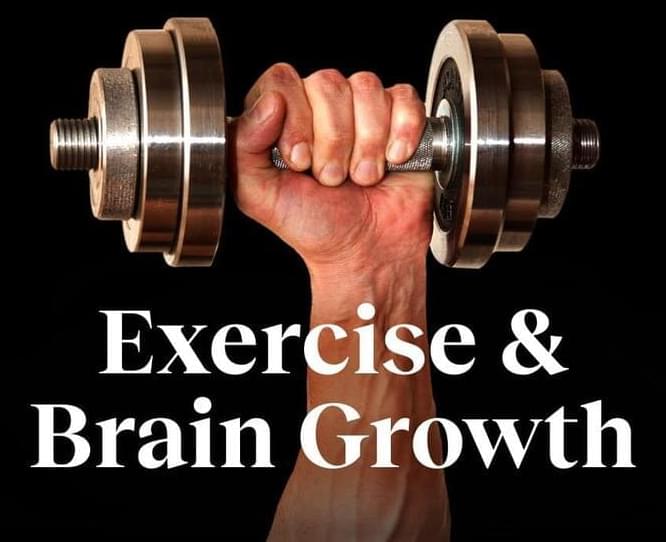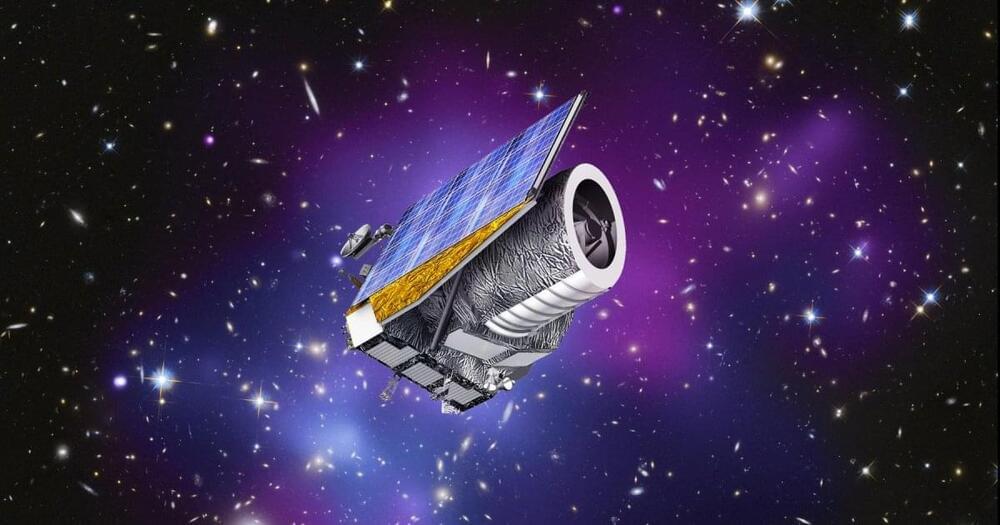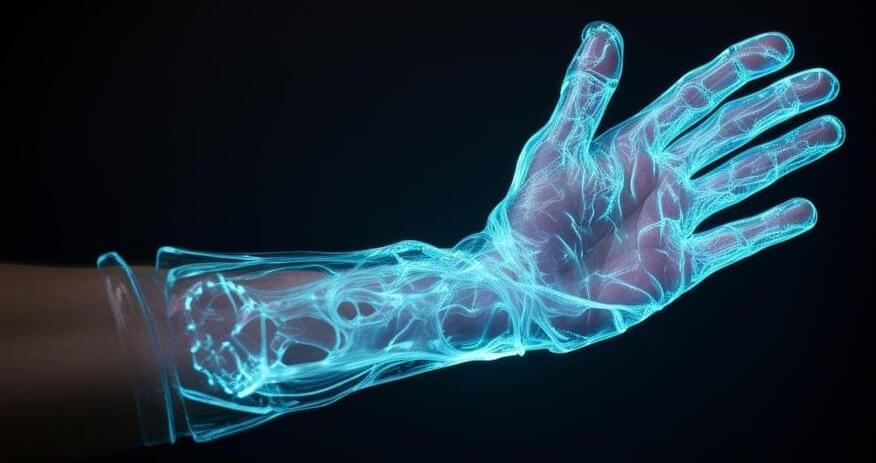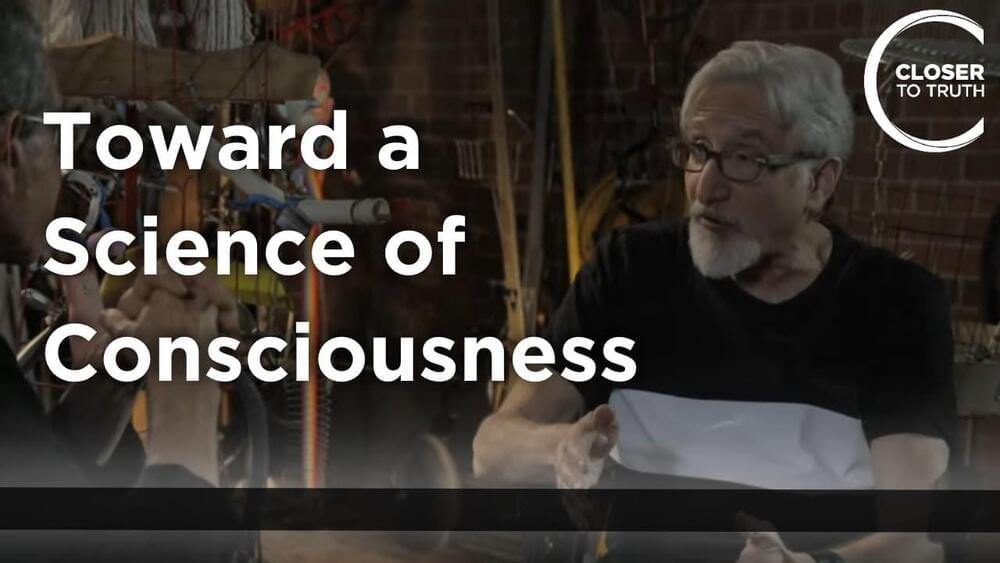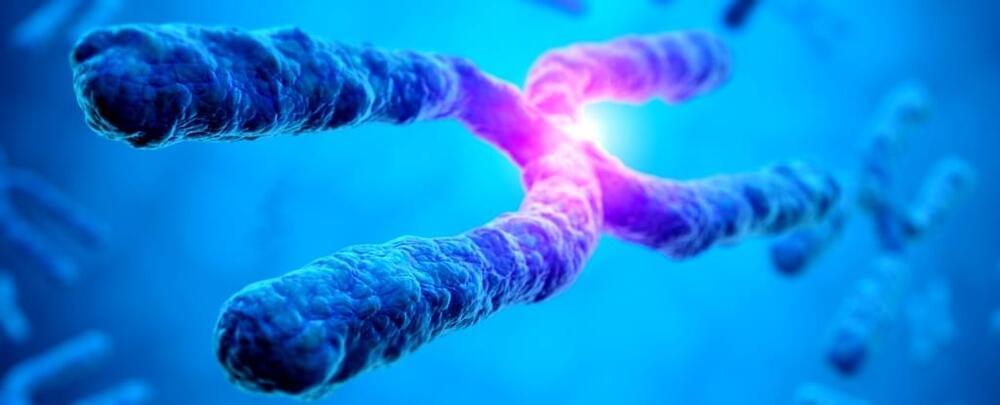Davis (2014) called for “extreme caution” in the use of non-invasive brain stimulation (NIBS) to treat neurological disorders in children, due to gaps in scientific knowledge. We are sympathetic to his position. However, we must also address the ethical implications of applying this technology to minors. Compensatory trade-offs associated with NIBS present a challenge to its use in children, insofar as these trade-offs have the effect of limiting the child’s future options. The distinction between treatment and enhancement has some normative force here. As the intervention moves away from being a treatment toward being an enhancement—and thus toward a more uncertain weighing of the benefits, risks, and costs—considerations of the child’s best interests (as judged by the parents) diminish, and the need to protect the child’s (future) autonomy looms larger. NIBS for enhancement involving trade-offs should therefore be delayed, if possible, until the child reaches a state of maturity and can make an informed, personal decision. NIBS for treatment, by contrast, is permissible insofar as it can be shown to be at least as safe and effective as currently approved treatments, which are (themselves) justified on a best interests standard.
See Full PDF
 Davis (2014) called for “extreme caution” in the use of non-invasive brain stimulation (NIBS) to treat neurological disorders in children, due to gaps in scientific knowledge. We are sympathetic to his position. However, we must also address the ethical implications of applying this technology to minors. Compensatory trade-offs associated with NIBS present a challenge to its use in children, insofar as these trade-offs have the effect of limiting the child’s future options. The distinction between treatment and enhancement has some normative force here. As the intervention moves away from being a treatment toward being an enhancement—and thus toward a more uncertain weighing of the benefits, risks, and costs—considerations of the child’s best interests (as judged by the parents) diminish, and the need to protect the child’s (future) autonomy looms larger. NIBS for enhancement involving trade-offs should therefore be delayed, if possible, until the child reaches a state of maturity and can make an informed, personal decision. NIBS for treatment, by contrast, is permissible insofar as it can be shown to be at least as safe and effective as currently approved treatments, which are (themselves) justified on a best interests standard.
Davis (2014) called for “extreme caution” in the use of non-invasive brain stimulation (NIBS) to treat neurological disorders in children, due to gaps in scientific knowledge. We are sympathetic to his position. However, we must also address the ethical implications of applying this technology to minors. Compensatory trade-offs associated with NIBS present a challenge to its use in children, insofar as these trade-offs have the effect of limiting the child’s future options. The distinction between treatment and enhancement has some normative force here. As the intervention moves away from being a treatment toward being an enhancement—and thus toward a more uncertain weighing of the benefits, risks, and costs—considerations of the child’s best interests (as judged by the parents) diminish, and the need to protect the child’s (future) autonomy looms larger. NIBS for enhancement involving trade-offs should therefore be delayed, if possible, until the child reaches a state of maturity and can make an informed, personal decision. NIBS for treatment, by contrast, is permissible insofar as it can be shown to be at least as safe and effective as currently approved treatments, which are (themselves) justified on a best interests standard.